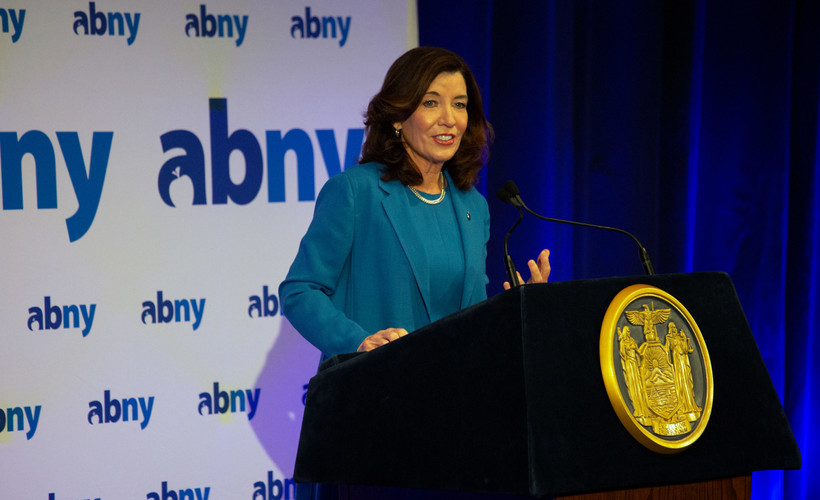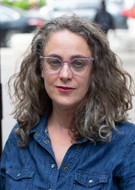State Campaigns Are About to Rake in Public Dollars — and Spend All the Private Money They Want
While New York City’s public campaign finance system endures scandals, the state won’t audit the majority of campaigns.
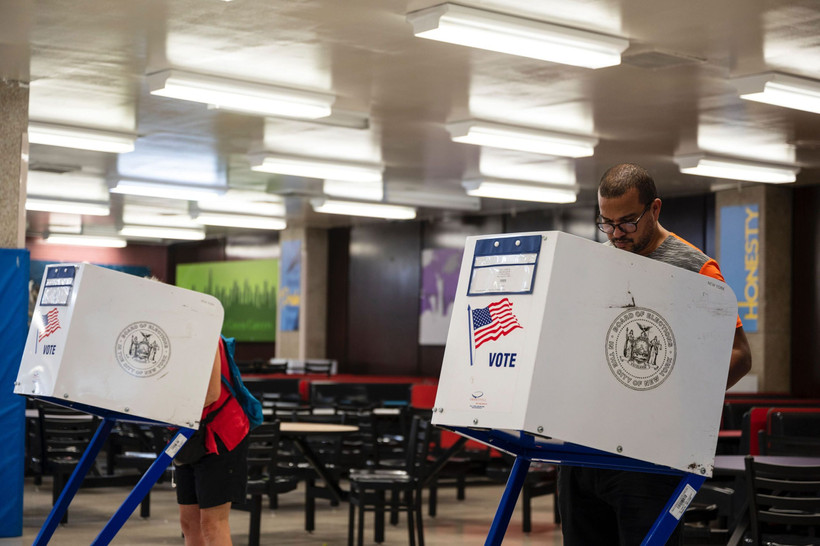
This story was published in partnership with THE CITY, a non-profit newsroom that serves the people of New York. Sign up for its newsletter, The Scoop.
This story was published in partnership with THE CITY, a non-profit newsroom that serves the people of New York. Sign up for its newsletter, The Scoop.
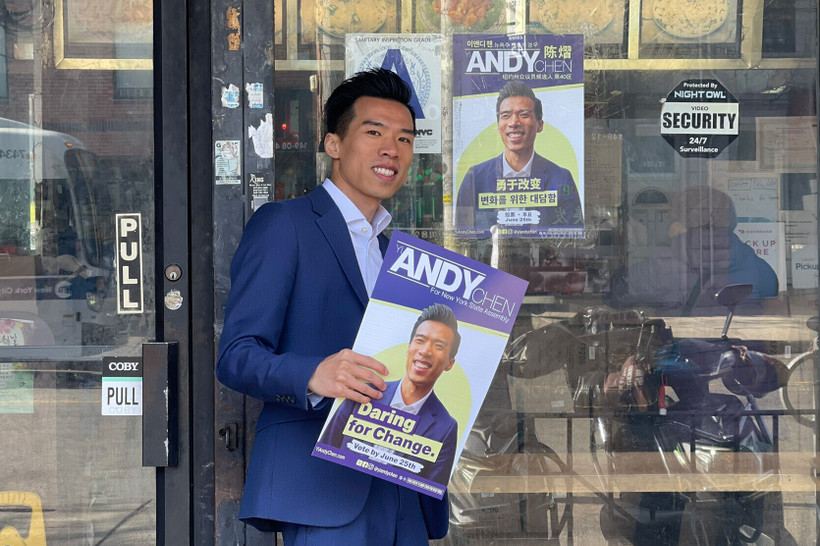
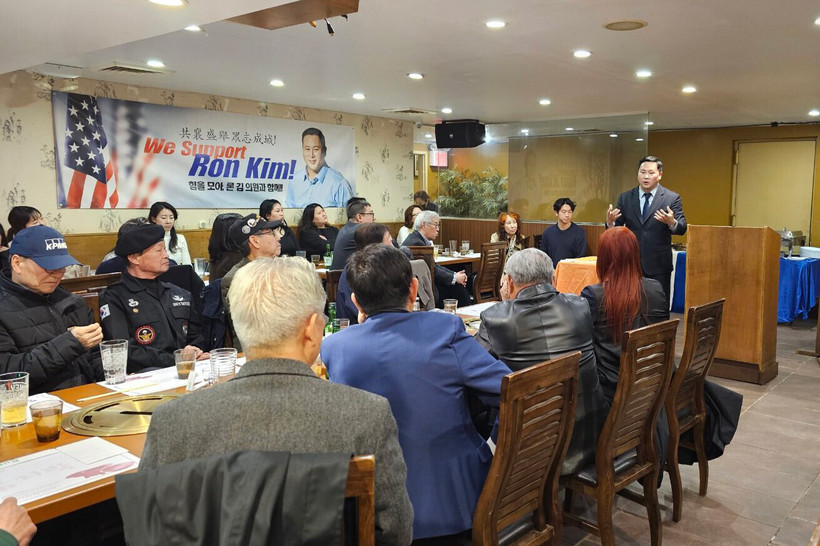
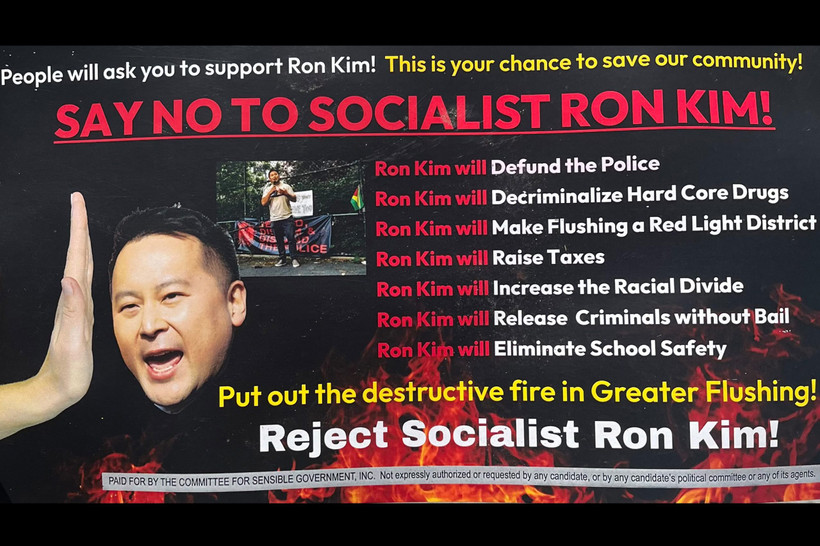
“It seems like a pretty glaring flaw in the program to not pair a spending limit with a generous public matching funds program.”
“We were hearing from a lot of different people. We were trying to craft something that would be effective.”
“Working people like me haven’t had a fair chance against candidates with bigger donors, especially not against well-funded incumbents.”
“It is too easy to tap into public money for a campaign.”
Sam Mellins contributed reporting.
